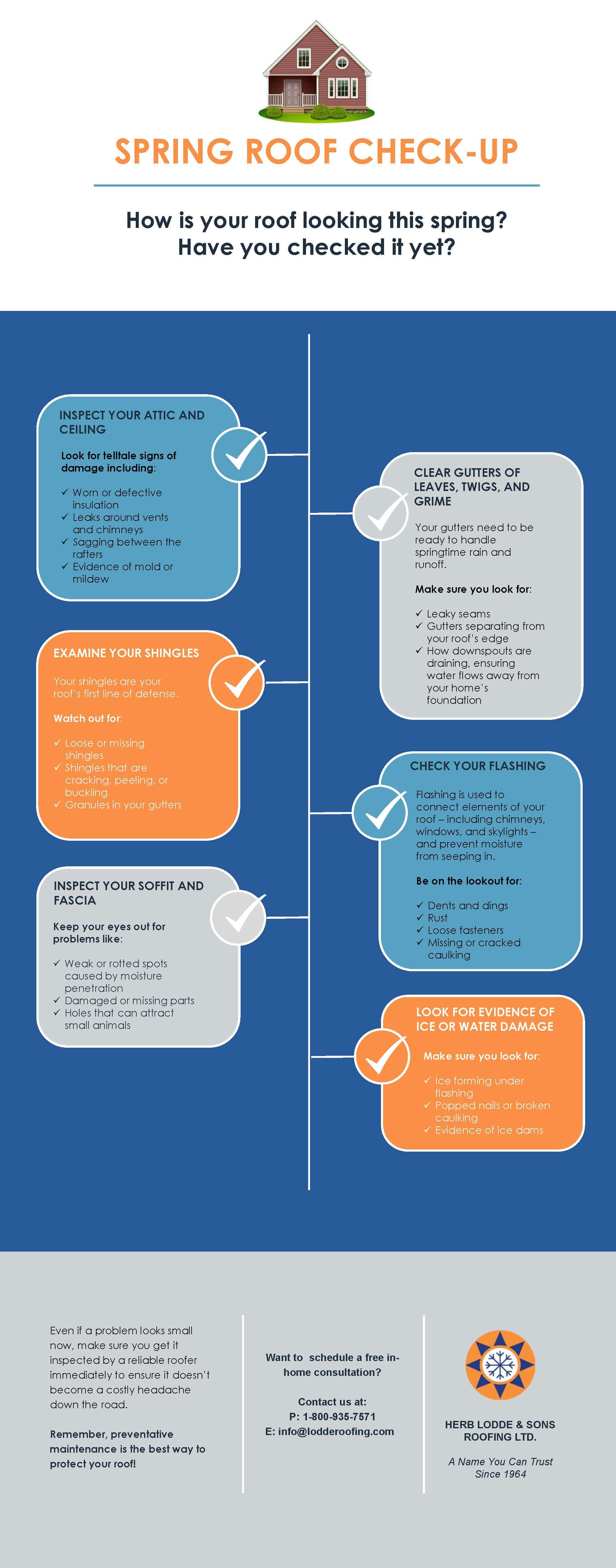Recognizing Roofing System Damages Before It Escalates Into A Serious Concern
Recognizing Roofing System Damages Before It Escalates Into A Serious Concern
Blog Article
Composed By-Gold Clancy
To secure your home from prospective pricey repair work, determining roofing system damage very early is crucial. By watching out for subtle indications like missing out on roof shingles or water spots, you can capture issues prior to they worsen. But what about those usually forgotten areas that could hint at concealed problems prowling above you? Remain tuned to find key suggestions for detecting roofing damages before it rises right into a major headache.
Early Indication
Spotting roofing damage early can save you time and money. One vital very early warning sign to keep an eye out for is missing out on or harmed roof shingles. If you see any type of shingles that are fractured, curling, or completely missing out on, it's vital to resolve the issue promptly. These damaged tiles can leave your roofing system at risk to leaks and further damage.
learn this here now to look for is water discolorations on your ceiling or walls. These spots can indicate a leakage in your roof covering that requires immediate interest. Overlooking these water spots can result in extra comprehensive and costly fixings down the line.
Additionally, be on the lookout for any type of indicators of sagging or drooping locations on your roofing system, as this could show structural damage that requires to be repaired quickly.
Exterior Inspection Tips
Routinely evaluating the outside of your roof covering is important for maintaining its stability and identifying prospective damage early. Begin by taking a look at the tiles-- seek any missing, cracked, or curling tiles, as these can be indicators of roof damage.
Check the seamless gutters for granules from the shingles, as excessive granule loss may symbolize aging or weathering. Take note of the blinking around vents, chimneys, and skylights, ensuring they're tightly sealed and devoid of fractures.
Search for indications of moss, algae, or mold and mildew growth, as these can cause roofing system wear and tear if not resolved quickly. In addition, check the fascia and soffits for any kind of water discolorations or rot, which can signify water damage.
Finally, examine the total condition of your roofing system from the ground, seeking any type of drooping locations or obvious dips. By performing these exterior assessments routinely, you can capture roof covering damage early and prevent it from turning into a major issue.
Inside Red Flags
When evaluating your roofing system for potential damages, do not neglect the significance of checking the interior of your home. Interior red flags can usually be early indications of roof concerns that require focus.
Begin by analyzing your ceilings for any water discolorations or discoloration, as these might indicate a leakage in the roof covering. Another key area to inspect is the attic room, where signs of water damage, mold, or mildew might suggest a roofing system issue.
Pay very close attention to any kind of stuffy odors or a visible boost in humidity levels, as these can additionally be indicators of water invasion from a damaged roofing. In addition, drooping locations in the ceiling or wall surfaces should be taken seriously, as they could be an outcome of water damage deteriorating the framework.
If you see any one of these interior red flags, it's crucial to have a specialist contractor analyze the situation immediately to prevent further damages and pricey repairs.
Verdict
By staying watchful and on a regular basis looking for early warning signs of roofing system damage, you can prevent small issues from developing into significant problems. Keep metal roofers san antonio out for missing out on or damaged tiles, water stains on ceilings or wall surfaces, and any type of sagging or drooping areas on the roof. By addressing these problems immediately, you can conserve on your own from expensive repairs and ensure your roof remains in good condition for many years to come. Remain proactive and protect your home from prospective damages.
